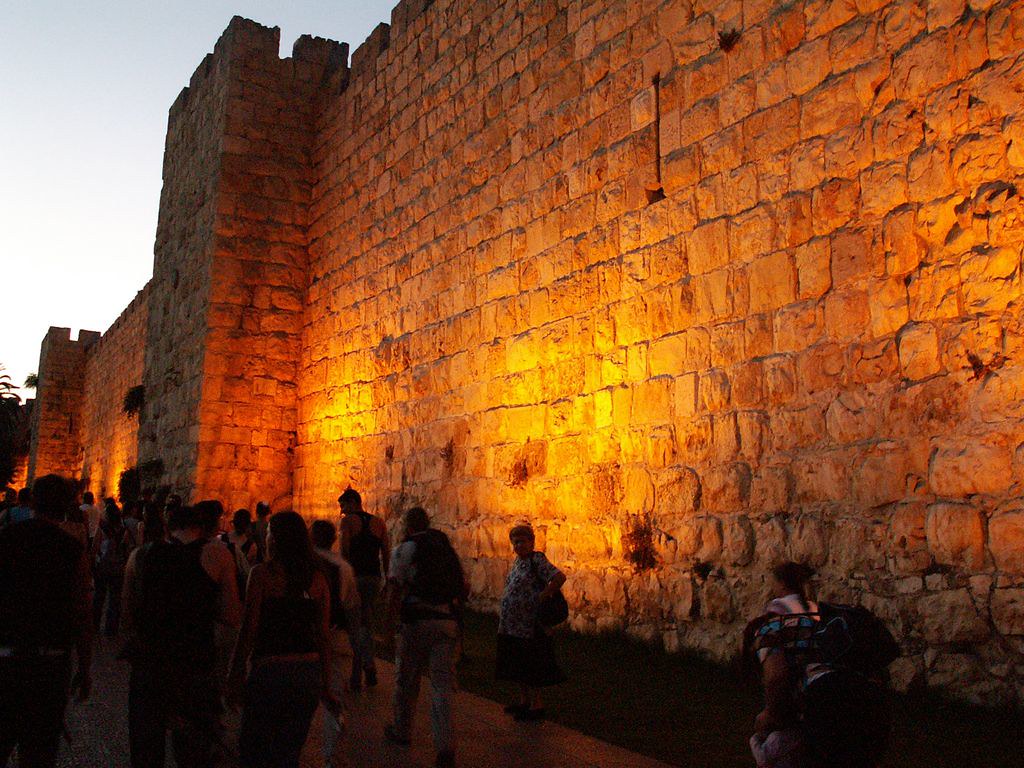Kotel / Buraq Wall
The Western Wall as it is known to Europeans, is a sacred place dating back to the expansion of the temple mount in the 1st Century BCE by Herod and later, as archaeology has discovered, King Agrippa II (Herod's grandson). At its tallest, the wall is estimated at 105 feet but sections above ground are only 62 feet, composed large limestone blocks. Only a small section of it remains during the first through the fourth crusades and with the bombardment of Jerusalem during the third Crusade (a showdown between Saladin and Richard The Lionheart). it was further diminished much to the disappointment and outrage of the Muslim, Jewish, and Christian population.
A popular site for prayer and a destination for pilgrims, this space is sacred to the faith of the Jews, who see it as the last remnants of their ancient past. They also see it as a place of healing for both the mind and spirit. This sacred space is also important to the Muslims, as the Prophet Muhammad ascended to heaven on the Temple Mount. The culmination of worshipers faced the unavoidable political, physical, and economic fallout leading up to the late 11th century call for aid from the Byzantine or Roman Emperor in Constantinople. The reaction caused tidal waves to descend upon the holy city and her precious remnants of her ancient and glorious past.
Rumors of miracles and spiritual enlightenment abound as many Jews believe in the healing power of the stones and their ability to connect the past with the present, a uniquely sacred task for the Jewish race. Their past surrounds them and lives within their present as more and more of their kind are driven from the holy city. The Muslims, who had taken this new home over three centuries ago, had been amenable and willing to bargain with pilgrims and their Jewish neighbors. However, frequent infighting and escalating tensions between the Romans in Constantinople, the nomads in the northern and eastern steppes, and the infighting that already existed in the capitals of Baghdad and Cairo lead to disaster and war.
So, the ancient city of Jerusalem, with her strong outer walls, housed a spiritual melting pot of faiths that were forced, through geo-political zealotry and greed, to betray their own neighbors. This setting is a very important one to my character and world as it is the first real turning point for him and his search for mortality. He once again sees the corrupt and helpless underbelly of the mortal soul and he is both disgusted and entranced. This honored place of healing and prayer was turned into a plaza of rotting flesh and smoking ruins.
Type
Wall section
Remove these ads. Join the Worldbuilders Guild









Comments